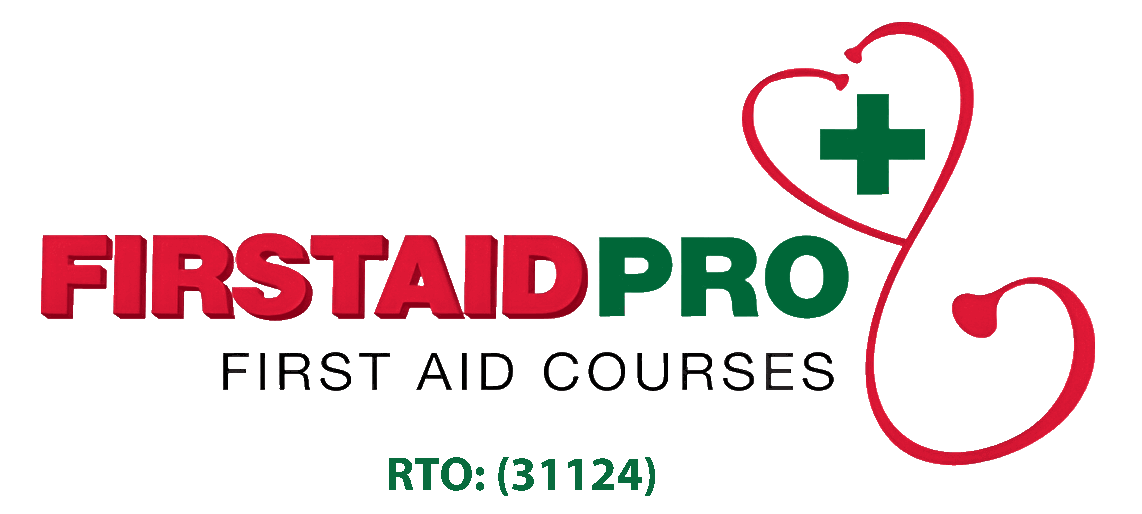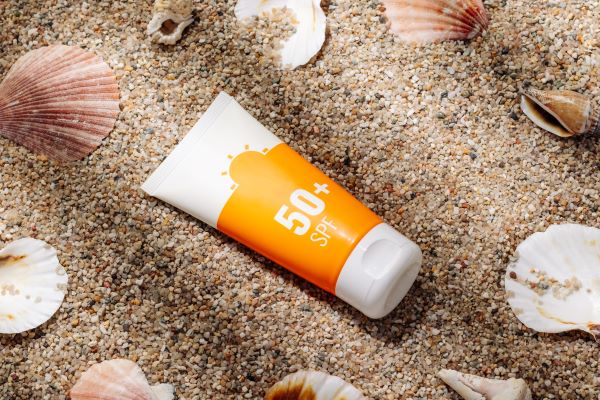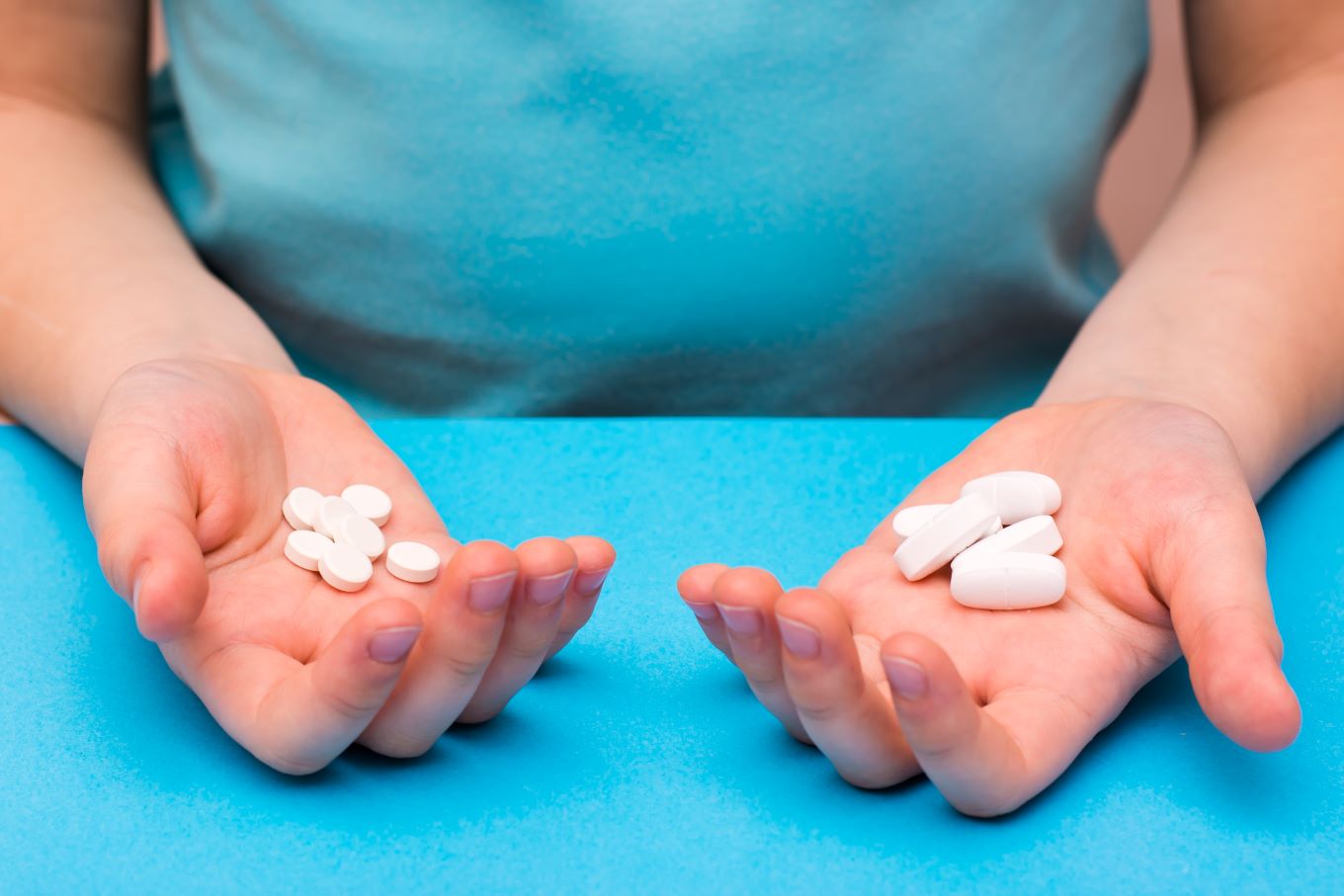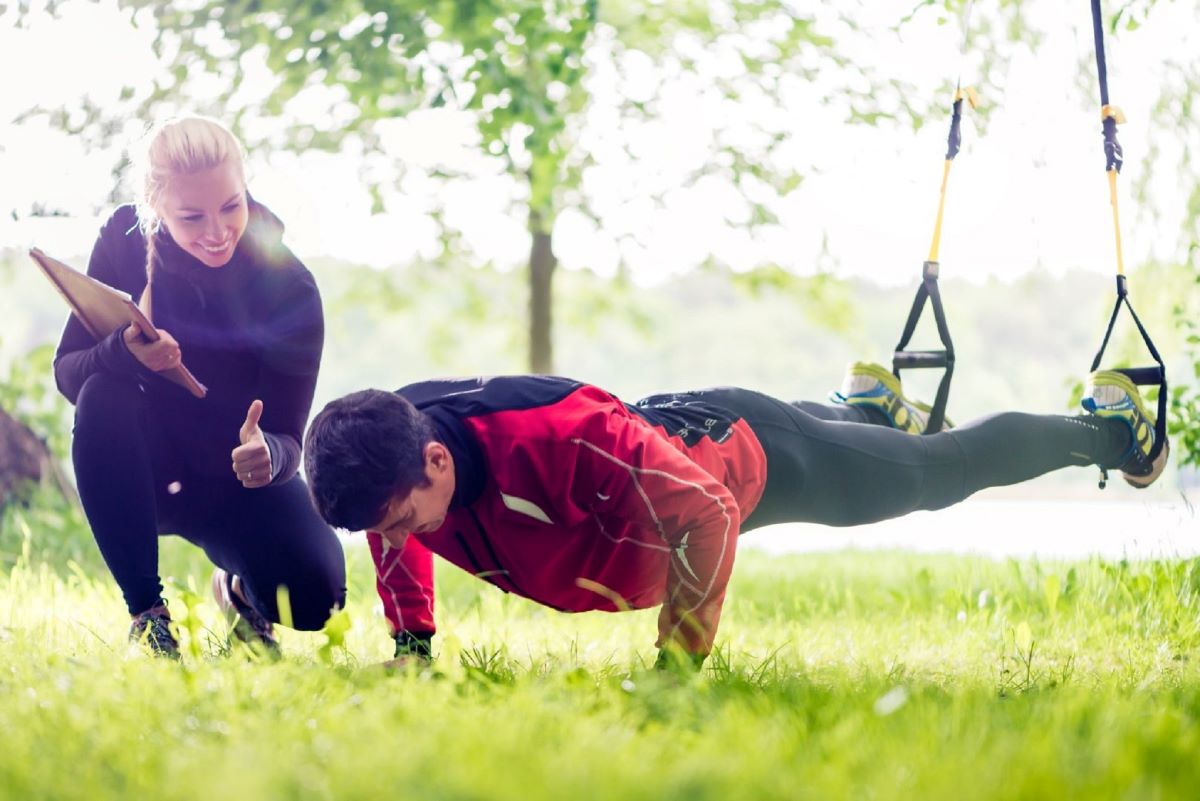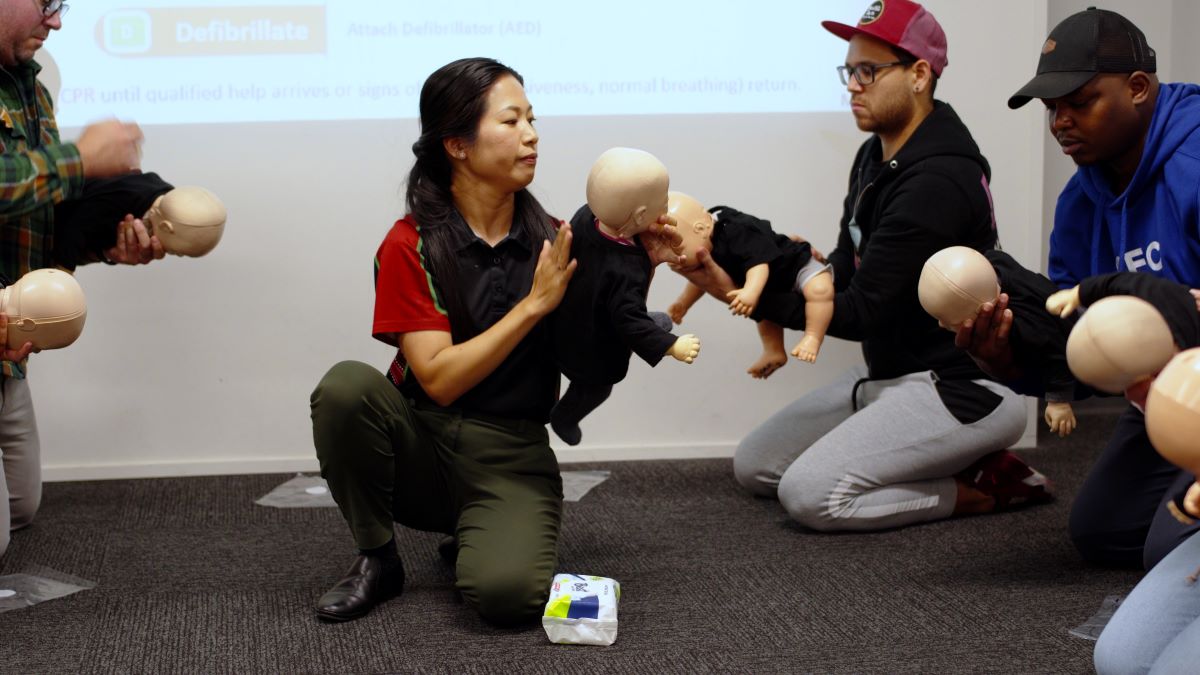Heat exhaustion is the moderate form of heat-related syndromes, which can start from a mild cramp to potentially life-threatening heatstroke.
The symptoms of heat exhaustion can begin suddenly or develop over time, usually after spending a reasonable amount of time in the heat, sweating heavily, or suffering from dehydration.
First aid intervention is a must to avoid the rapid progression of heat illness that might result in various complications.
What is Heat Exhaustion?
Heat exhaustion is a heat-related illness that occurs after exposure to high temperatures. It usually happens to people who are not used to spending time in hot and humid weather.
As the temperature rises, the body produces sweat to stay cool. The increased moisture in the air during hot and humid days can slow down the process.
Once the body cannot cool itself and reaches at least 104°F, it can result in various heat-related symptoms.
Although heat exhaustion is not as severe as heat stroke, it is not something that we should take lightly. Without proper intervention, it can lead to dehydration and progress to stroke, bringing severe damage to the brain and other vital organs.
Heat Stroke vs Heat Exhaustion
Heat exhaustion is less serious than heat stroke and other heat-related illnesses. The condition occurs when the body cannot cool itself through sweating.
Anyone who suspects heat exhaustion should immediately stop what they are doing, take a rest, and rehydrate.
Unlike heat exhaustion, heatstroke is a medical emergency that requires urgent care. Someone having a heatstroke may experience severe symptoms, including rapid heart rate and loss of consciousness.
Both conditions can develop into something fatal without treatment. Knowing the signs and symptoms can help save own life or that of a loved one.
Heat Exhaustion Symptoms
The most common signs of heat exhaustion may include:
- Elevated body temperature (fever-like symptoms)
- Headache, dizziness, or lightheadedness
- Sudden confusion
- Pale, clammy skin
- Profuse sweating
- Loss of appetite
- Cramps in the arms, legs, and stomach area
- Nausea or vomiting
- Rapid heartbeat
Everyone should become familiar with the heat symptoms. When any of these symptoms are present, provide first aid immediately.
Take the person’s temperature using a thermometer or accurate method of measurement. A reading of 104°F (40°C) or more means a possibility of heatstroke.
Time is of the essence in a heat-related emergency. Call triple zero (000) and get medical care right away, as these conditions can worsen quickly and result in fatalities.
Heat Exhaustion First Aid
First aid treatment for heat exhaustion and other related illness involves the following principles:
- Take the affected person to a cooler area, preferably under the shade or in an air-conditioned room.
- Use active cooling techniques to relieve symptoms, including immersing the person in cold water or an ice bath. It is one of the best methods to cool victims in a rapid heatstroke emergency.
- Remove outer layers of clothing, especially the thick and heavy materials.
- Place ice or cold towels on the key areas – head, neck, trunk, armpits, and ground.
- Use fans to circulate the cool air in the room.
- Never leave a person with heat exhaustion illness, as the condition can worsen rapidly. Stay with them until the person feels better.
- When in doubt, call 000 for help. Monitor the person’s condition until help arrives.
See a doctor or take the person to the emergency room if the symptoms worsen or do not show improvement within one hour.
How to Recover from Heat Exhaustion
After experiencing heat exhaustion or heat stroke, the person will be extra sensitive to a warm environment. The effect can last for a week, so it’s important to rest and let the body recover.
Avoid spending time in hot weather and ditch strenuous exercises in the meantime. Ask for the doctor’s signal on when it is safe to return to doing normal activities.
Conclusion
With quick, efficient first aid treatment, most people can fully recover from heat exhaustion. Early intervention can also stop it from progressing to a much more complicated heatstroke.
We all respond to an emergency in different ways. Some are afraid to do the wrong things due to a lack of training and knowledge of first aid, but in an emergency, the worst thing to do is to do nothing.
Get trained today and be able to save lives tomorrow. Book a first aid course with us.
